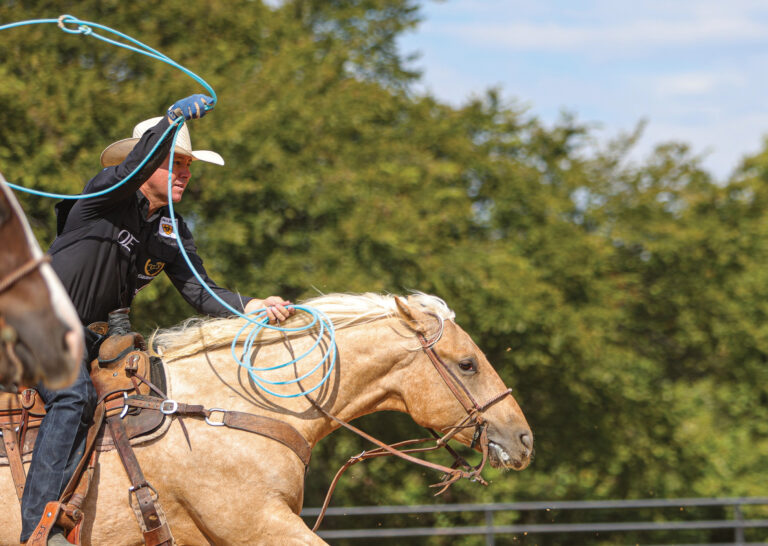Roping steers are a significant investment, so it makes sense to take the time to break them in right. How you break roping steers in is also quite relevant to their usefulness and longevity. Habits are formed early in roping steers, and you want to avoid steers getting away and forming bad habits from the start.
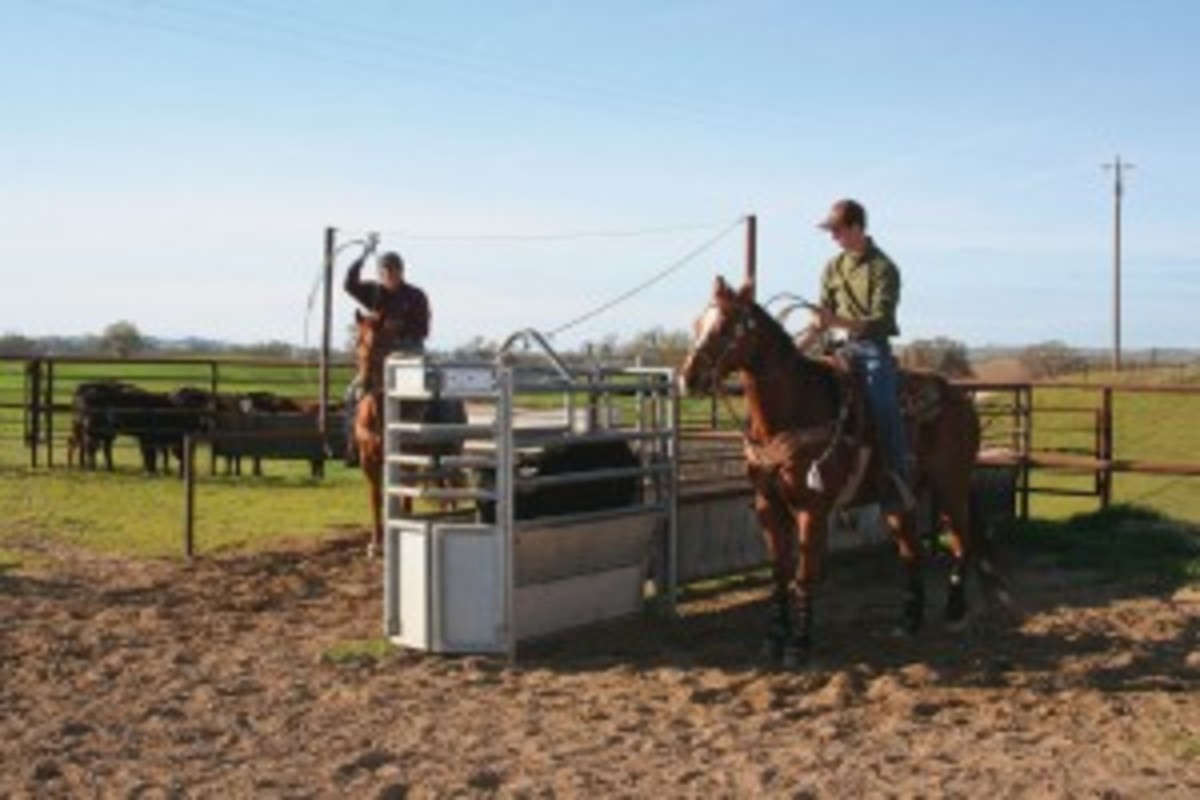
Controlling the environment during the breaking-in process also reduces the chance of injury, such as knocking a steer down and breaking a horn. What you’re basically doing when you break in fresh steers is keeping them in a pattern going straight down the arena and teaching them to lead on the end of the rope.
There’s also a point to be made here about the feed management of steers. I’m not saying to starve steers down, but you don’t want steers full when you rope them anymore than you’d want to play basketball on a full belly. The level of nutrition is dependent on the type of steers you’re roping. You don’t want to free feed strong, Longhorn-type cattle, but you might want to free feed dairy-type muleys that you use to train young horses. It’s been a common observation of mine that recreational ropers sometimes overfeed their steers, and those strong steers start getting away and learn bad habits. That results in steers with a high degree of difficulty, which aren’t much fun to practice on. In fact, there are times when you might want to go back to the breaking-in process to get your practice cattle shaped back up into steers you want to rope.
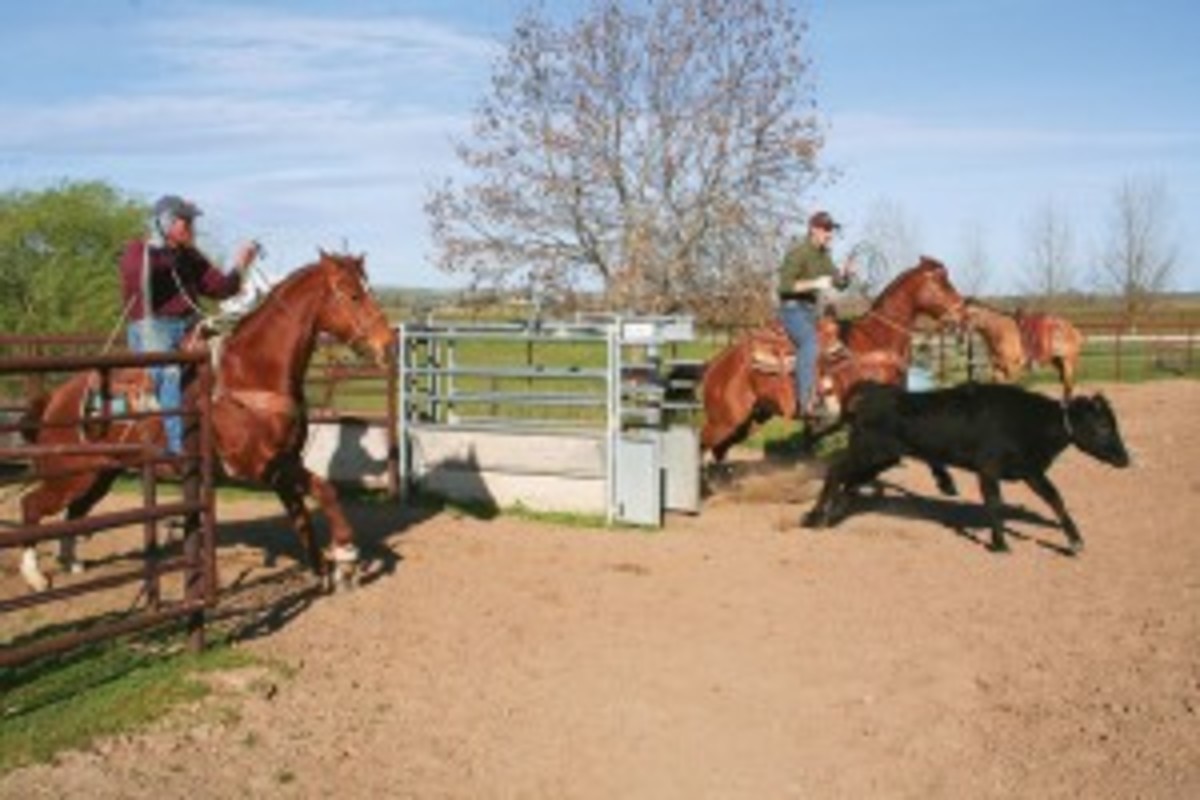
When you put your rope on in the chute, you’re ready to leave with the steer so he doesn’t get to running fast the first few times you turn him. This avoids possible injury, and helps condition a steer to being turned on the end of the rope. You may have to turn a steer repeatedly before he’s ready to heel.
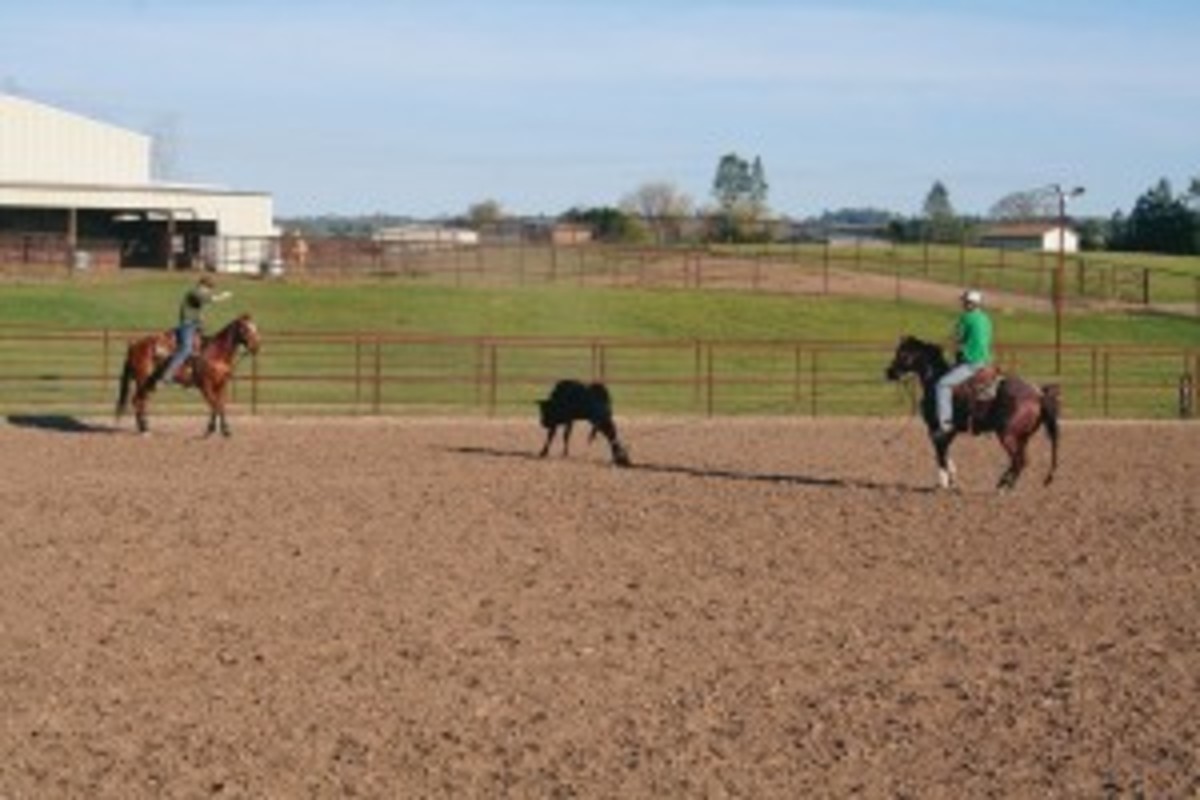
Leaving with the steer doesn’t allow him to build a lot of momentum before you turn him. You’re also functionally hazing the steer to go straight. You do have to be careful not to leave too early, as that can head one off and cause him to stop. That’s something you want to avoid, because it’s a potential bad habit once the steer learns to get away by doing it.
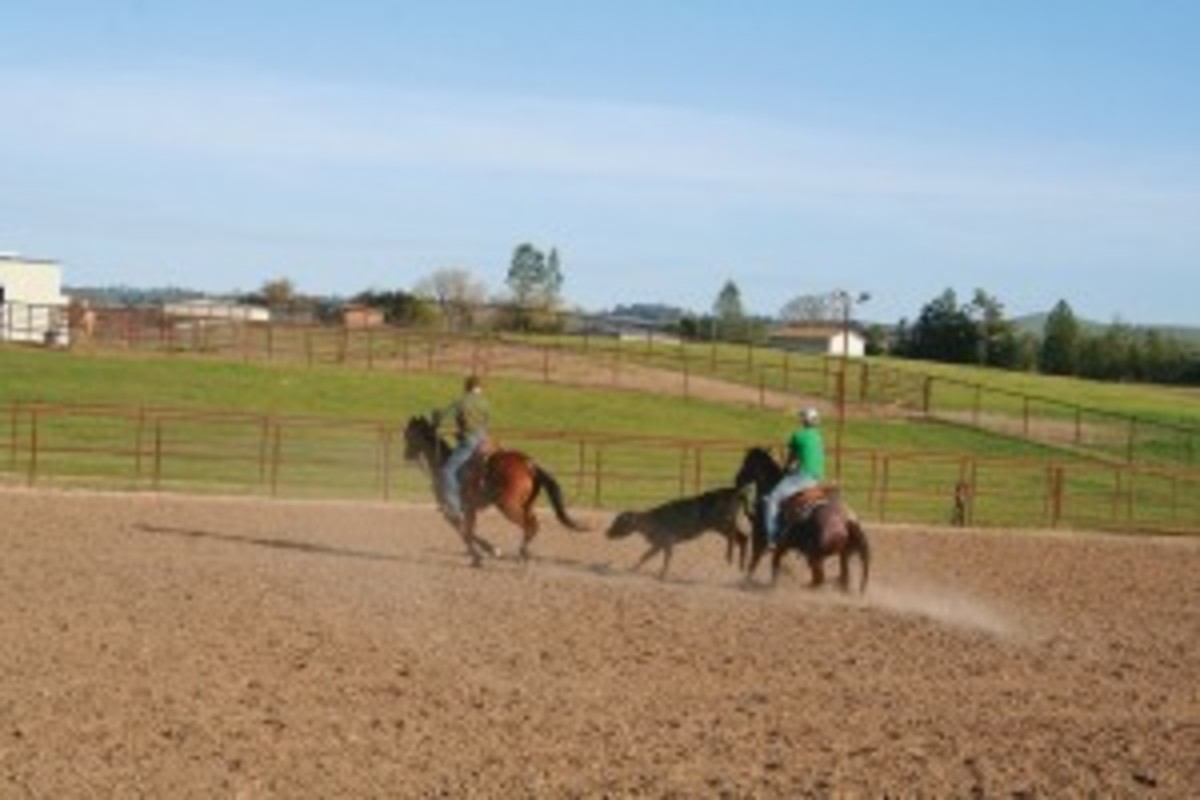
This steer has been turned a couple times going down the arena and is now staying on the end of the rope and hopping in stride, which is the desired result. Steers?should be turned in a controlled manner until you reach this end.
Fresh steers that want to run up the rope or cut behind the head horse should be heeled, stopped and held for a short time, because it helps pattern them to?stay on the end of the rope. Steers that get caught consistently will automatically do this, but steers that are getting away should be turned until you can heel them?and hold them for a few seconds.








